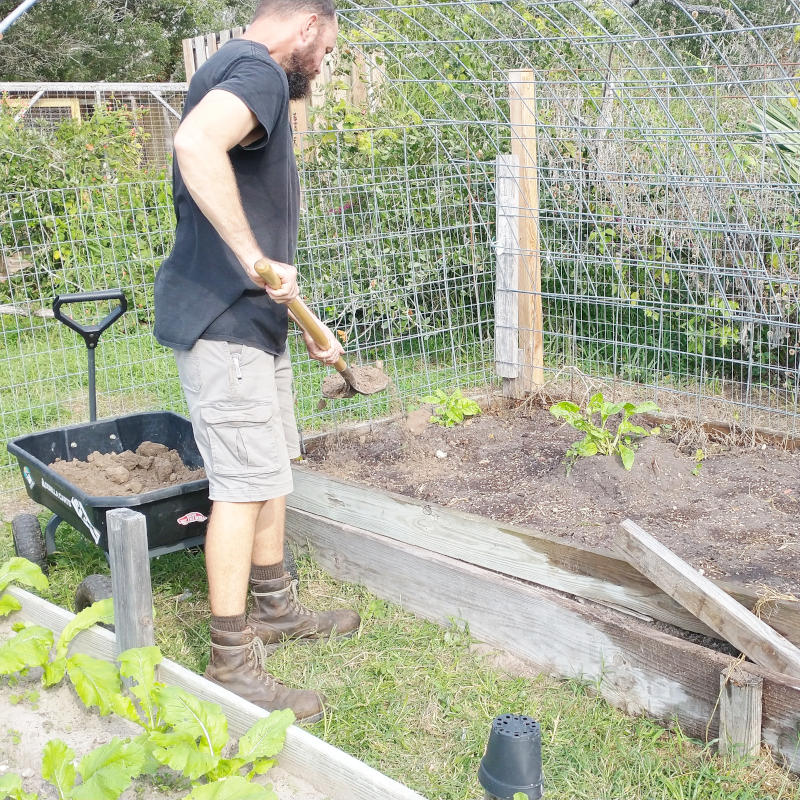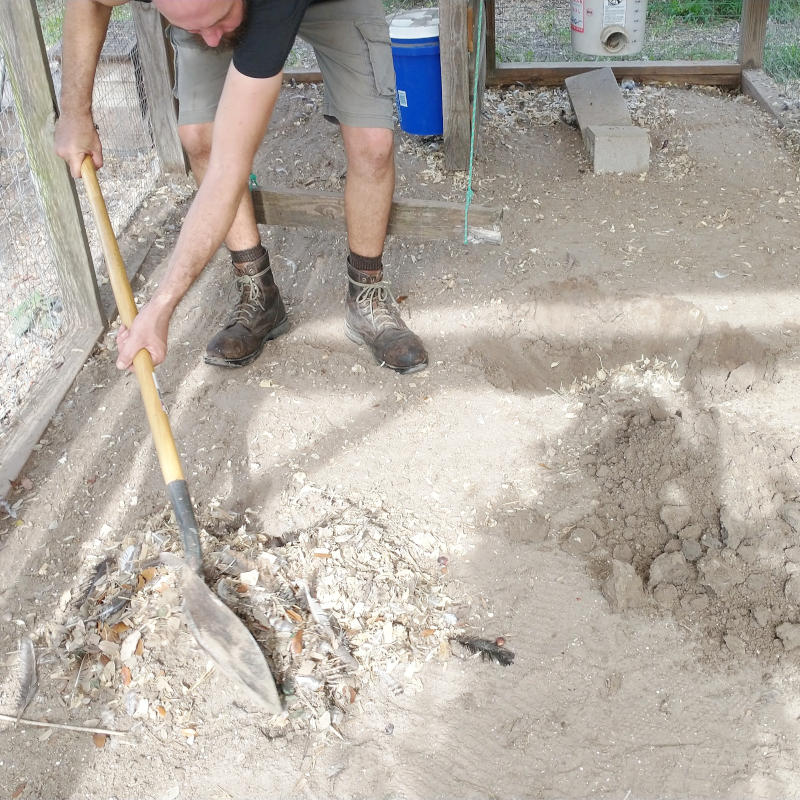
Rye Nematodes
After a very rough start to the fall garden, one box has been salvaged with a row of carrots and two rows of mustard greens and few mounds of rainbow swiss chard. The second box was supposed to be spinach and more chard but between the bugs and the weather it could never get a good footing and the third box was left dormant for prosperity. Ok, not really. Healthy garden box management states all gardens should follow a box rotation plan. Where we live and how we garden it is best to let a box lie dormant for one season to allow for organic matter growth. In depth articles on crop rotation can be found here and here for Texas and here and here for good quality description with pictures/graphs/images for clarity.
Boxes in Fields box garden is plagued with too sandy soil meaning it drains too quickly and the ever present nematodes. First year gardens do not typically experience nematodes but watch out the second season and then by season three you better have had made a plan otherwise kiss all your hard work good bye. You can tell if you a have nematode problem by several tricks. One, watering doesn’t seem to improve the health of the garden. Two, seem like the plants look to suffer from a disease and/or die easily. Three, the easiest of them all, the roots look like a knotted mess. Root-Knot Nematodes are not your friend. Luckily, one of the easiest ways to aid against these microscopic nasties is to plant the garden in a rye grass mixture. Now this does require the plot to lay dormant for a season but the results are most beneficial. Less nematodes organically and rye grass that breaks down into organic matter. A win, win if you ask me.


Knowing since the beginning of the year all three boxes had nematodes, this fall after the failed garden winter garden attempt and not really having the energy to attempt a second fall garden, two boxes were tilled under and heavily (HEAVILY) covered in rye seed.


Then for an added kick, a light layer of organic fertilizer was tossed on top of the seeds. Organic and local to boot. Just had to remove chickens (yeah for them they were released early), rake aside molting chicken feathers and pine mulch they insist on kicking out of their coop, dig up the fresh poop laden dirt from the run and spread it around evenly across the bed. A good soaking of water to ensure seed placement and top with another light layer of organic dirt for good measure.


Normally chicken feather and pine mulch is dumped in the compost bin. The compost bin that is supposed to be the organic dirt but mostly is just a collect all for food scraps, chicken feathers, uprooted garden goodies. Since there was already a hole in the chicken run, the feathers and mulch were pushed into the hole and covered. Next year in the spring during chicken run soil flip day, maybe the feathers will have been broken down into organic matter. Only time will tell.


One of the advantages of living where we live in the long, l-o-n-g, fall garden season. Last year Tiny Winter Sun Golds were still being picked in December. This years fall garden is not bright or fruitful (yet?) but it is hanging in without too much effort on my part. Figuring these two pictures are only a month apart, I would say the garden may just produce yet. Who knows, it is only the first of December and frost is not typical until later winter.
